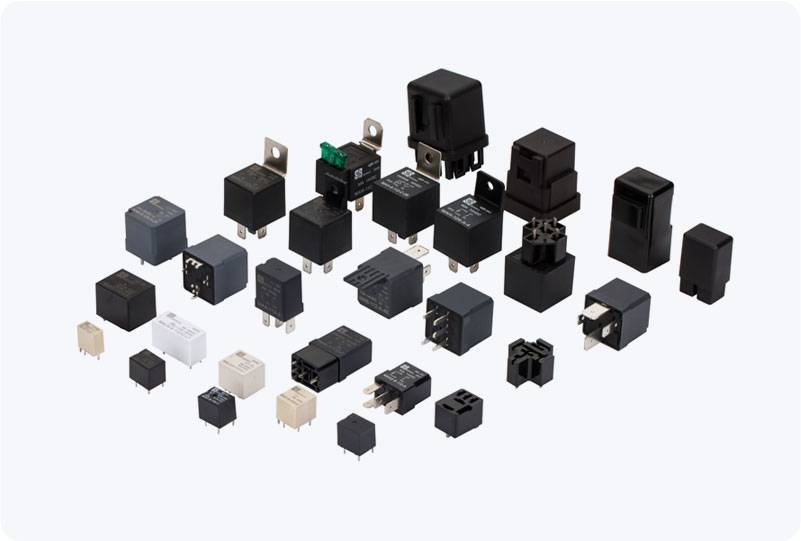Industrial control relays (ICRs) are essential components in modern industrial automation systems. These relays play a critical role in controlling electrical circuits, ensuring the efficient operation and protection of various machines and equipment. Their primary function is to open or close electrical contacts in response to a control signal, allowing operators to manage the operation of industrial machinery, lighting systems, heating systems, and more. In this article, we will explore the importance of industrial control relays, their working principles, types, and applications in industrial settings.

Understanding Industrial Control Relays At its core, an industrial control relay is an electrically operated switch that allows the automation and remote control of high-power electrical circuits. The relay’s function is to receive a low-power input signal (either AC or DC), which activates the internal mechanism to switch a higher-power circuit on or off. This allows operators to control larger electrical systems and machinery with a small, low-power signal, making them integral to industrial control processes. Working Principle of Industrial Control Relays Industrial control relays operate based on electromagnetic principles. When an electrical current passes through a coil inside the relay, it generates a magnetic field that attracts or repels an armature, causing the relay contacts to open or close. The contacts are responsible for controlling the flow of current to an external load, such as a motor, light, or heating system.